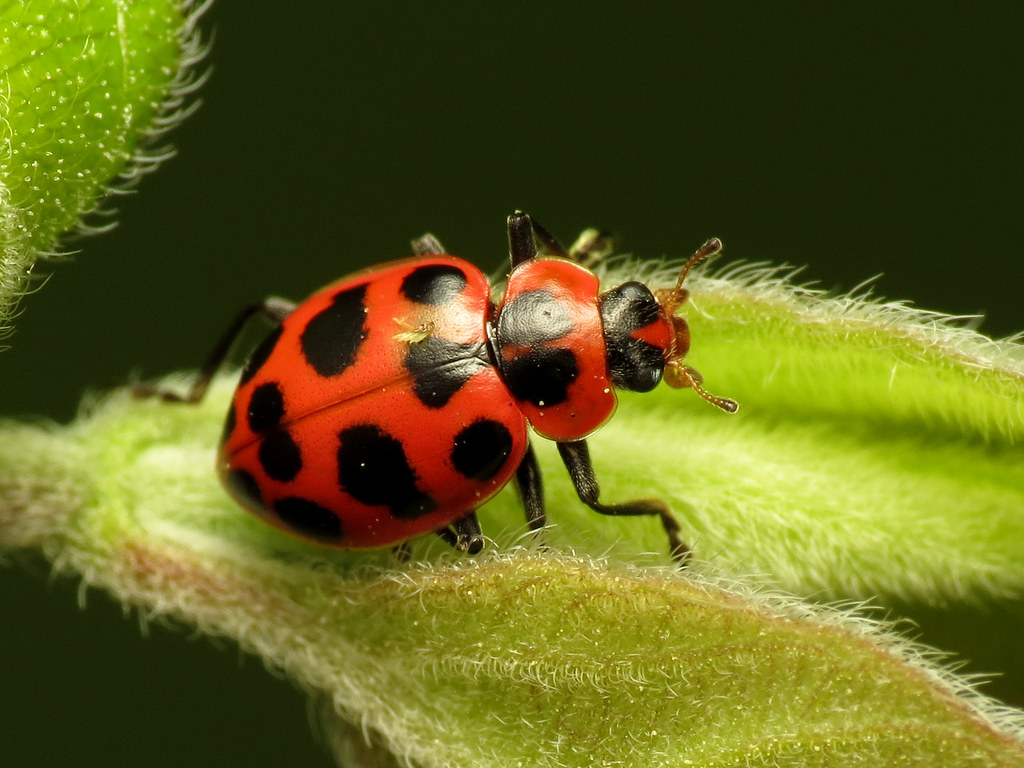Picture this: you’re enjoying a peaceful autumn evening when suddenly, your home transforms into what feels like a scene from a nature documentary. Hundreds of small, spotted creatures begin appearing on your walls, clustering around your windows, and somehow finding their way into every corner of your living space. These aren’t the beloved native ladybugs you remember from childhood – they’re Asian lady beetles, and they’re about to turn your sanctuary into their winter resort.
The Uninvited Guests That Look Deceptively Familiar
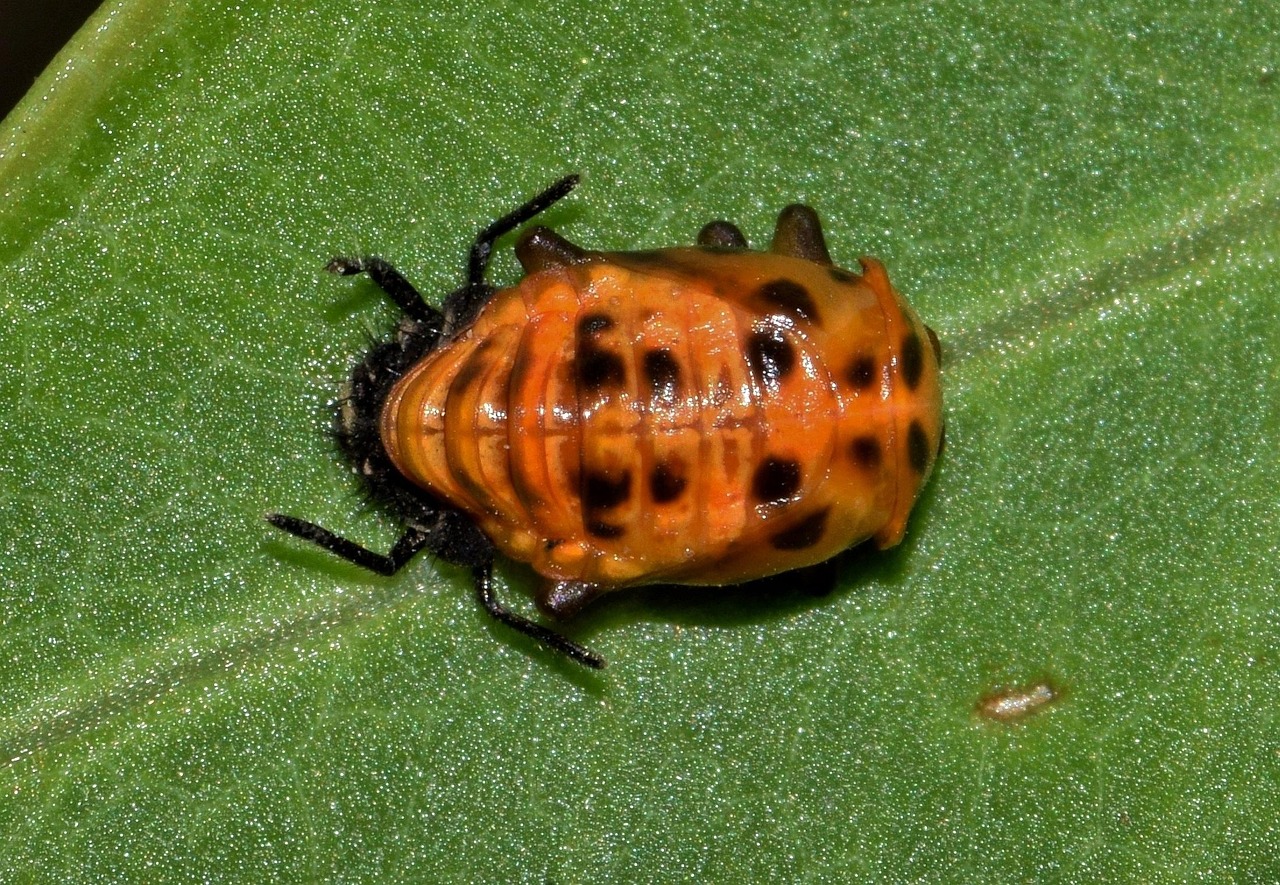
At first glance, Asian lady beetles appear almost identical to the classic red ladybugs that gardeners adore. However, these imposters pack a personality that’s far more aggressive and invasive than their native cousins. Originally from Asia, these beetles were intentionally introduced to North America in the 1960s and 1970s as biological pest control agents.
The plan seemed foolproof – release hungry beetles that would devour aphids and other garden pests without the need for harmful chemicals. What scientists didn’t anticipate was how thoroughly these newcomers would adapt to their new environment. Unlike native ladybugs, Asian lady beetles possess an almost supernatural ability to find and exploit human dwellings as winter hideaways.
Why Your Home Becomes Their Five-Star Winter Resort
When temperatures begin dropping in late fall, Asian lady beetles don’t simply hibernate under rocks or logs like most insects. Instead, they launch a coordinated invasion of human structures, seeking out warm, protected spaces to survive the cold months. Your attic, walls, and even the gaps around your windows become premium real estate in their world.
These beetles can detect the slightest warmth radiating from buildings, and they possess an uncanny ability to locate entry points that seem impossibly small. A crack thinner than a credit card provides ample space for these determined invaders. Once inside, they release pheromones that act like a beacon, calling thousands of their companions to join the indoor party.
The Shocking Scale of Indoor Infestations
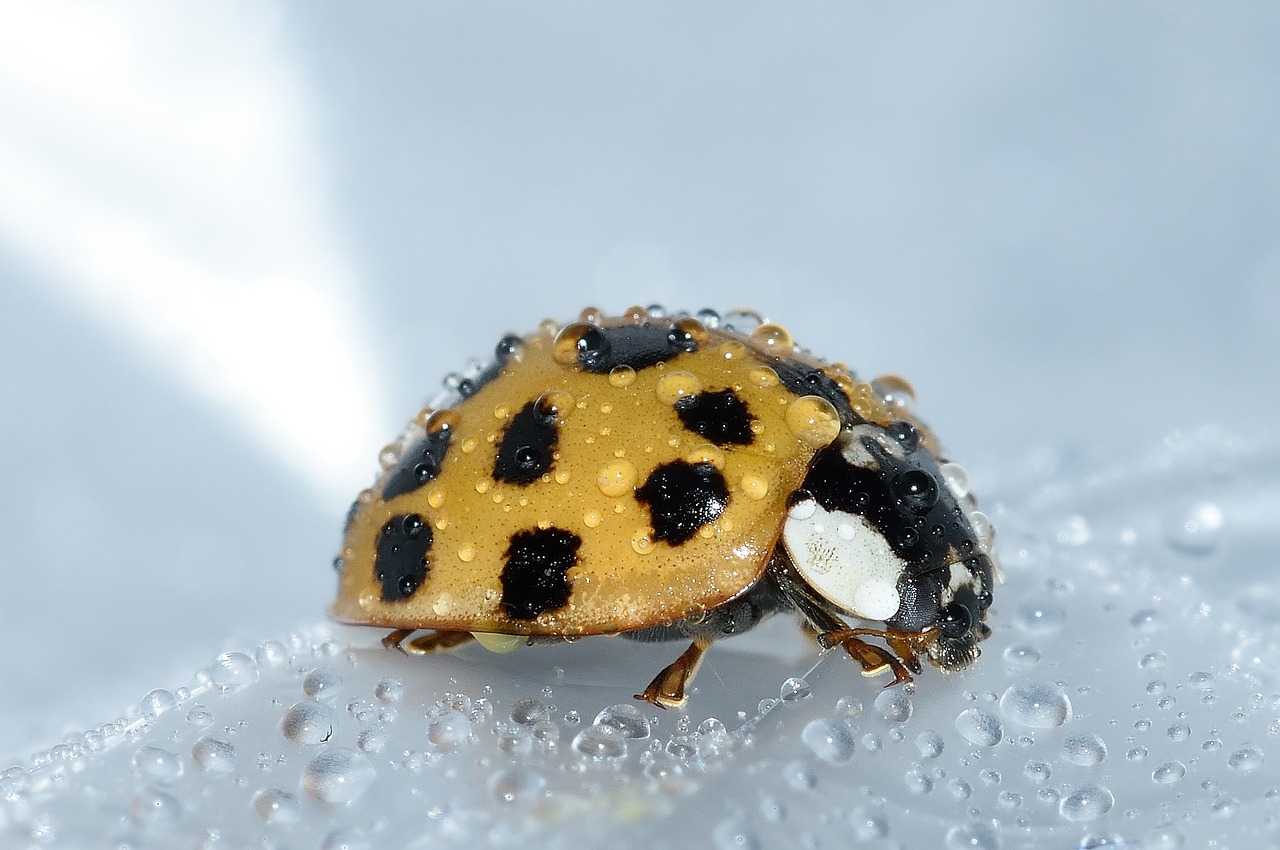
When Asian lady beetles decide to move in, they don’t come alone – they arrive in numbers that can leave homeowners speechless. A single infestation can involve anywhere from hundreds to tens of thousands of beetles, all seeking shelter within your walls. These mass gatherings aren’t random; they’re organized events triggered by specific weather conditions and temperature changes.
The beetles tend to favor south-facing walls and structures that receive maximum sunlight during the day. This preference explains why some homes experience severe infestations while neighboring properties remain relatively untouched. The sheer volume of beetles can create a carpet-like effect on walls and ceilings, transforming familiar spaces into something that feels alien and overwhelming.
The Staining Nightmare That Ruins Surfaces
One of the most frustrating aspects of Asian lady beetle invasions involves their defensive mechanism – a yellow, foul-smelling fluid they release when threatened or crushed. This substance, called reflex bleeding, contains chemicals that can permanently stain fabrics, wallpaper, and painted surfaces. The stains aren’t just unsightly; they’re incredibly difficult to remove once set.
Many homeowners make the mistake of trying to vacuum up the beetles, only to discover that the suction and agitation cause them to release this staining fluid throughout the vacuum system. The result is a contaminated appliance that spreads the odor and staining potential throughout the home. Light-colored surfaces are particularly vulnerable, often requiring professional cleaning or replacement after a severe infestation.
The Biting Reality of Aggressive Behavior
Unlike gentle native ladybugs, Asian lady beetles can and will bite humans when handled or threatened. Their bites aren’t dangerous, but they can be surprisingly painful and may cause minor allergic reactions in sensitive individuals. The beetles’ mandibles are strong enough to pierce human skin, creating small puncture wounds that can become irritated.
Children and pets are particularly at risk since they’re more likely to handle the beetles out of curiosity. The combination of potential bites and the beetles’ tendency to release staining fluid when disturbed creates a double threat for families dealing with infestations. This aggressive behavior sets them apart from native species and contributes to their reputation as unwelcome houseguests.
Allergic Reactions and Health Concerns

For some people, Asian lady beetle infestations trigger more serious health issues than simple bites. The beetles’ bodies contain proteins that can cause allergic reactions, including skin rashes, eye irritation, and respiratory problems. People with existing allergies or asthma may experience more severe symptoms when exposed to large numbers of beetles.
The allergens can become airborne when beetles die and decompose, or when their bodies are disturbed during cleanup efforts. This creates an invisible health hazard that can persist long after the visible infestation has been addressed. Some individuals develop what researchers call “ladybug allergy,” a condition that can cause symptoms similar to hay fever or other environmental allergies.
The Mysterious Swarm Behavior Patterns
Asian lady beetles exhibit fascinating yet problematic swarming behaviors that seem almost supernatural in their coordination. These swarms typically occur during specific weather conditions – usually warm, sunny days following cold nights in late fall. The beetles appear to communicate through chemical signals, creating massive aggregations that can blacken entire building facades.
Scientists have discovered that these swarms follow predictable patterns, often targeting the same buildings year after year. The beetles seem to have excellent “memories” for successful overwintering sites, returning to locations that provided suitable conditions in previous years. This behavior explains why some homeowners face repeated infestations while others remain largely unaffected.
How They Differ from Beloved Native Ladybugs
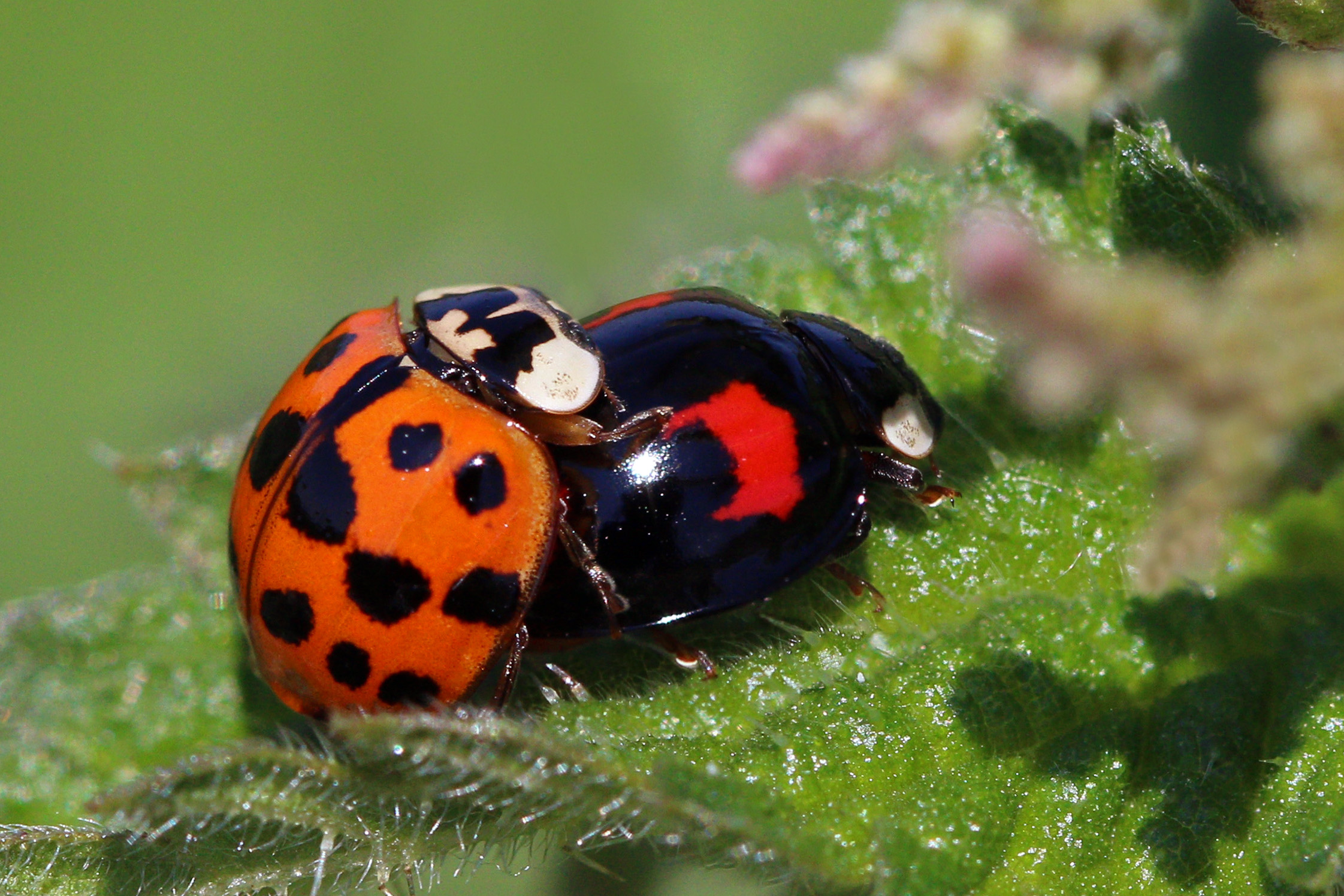
While both species appear similar at first glance, careful observation reveals distinct differences that help identify the problematic Asian variety. Native ladybugs tend to be smaller, with more rounded bodies and consistent coloration patterns. Asian lady beetles are larger, more oval-shaped, and display highly variable coloration ranging from pale yellow to deep red.
The most reliable identifier is the distinctive “M” or “W” shaped marking behind the head of Asian lady beetles – a feature absent in native species. Additionally, Asian lady beetles are more active during cooler weather and show greater persistence in seeking indoor shelter. Their behavior is notably more aggressive, both toward humans and other insects, making them easy to distinguish once you know what to look for.
The Environmental Impact Beyond Your Home
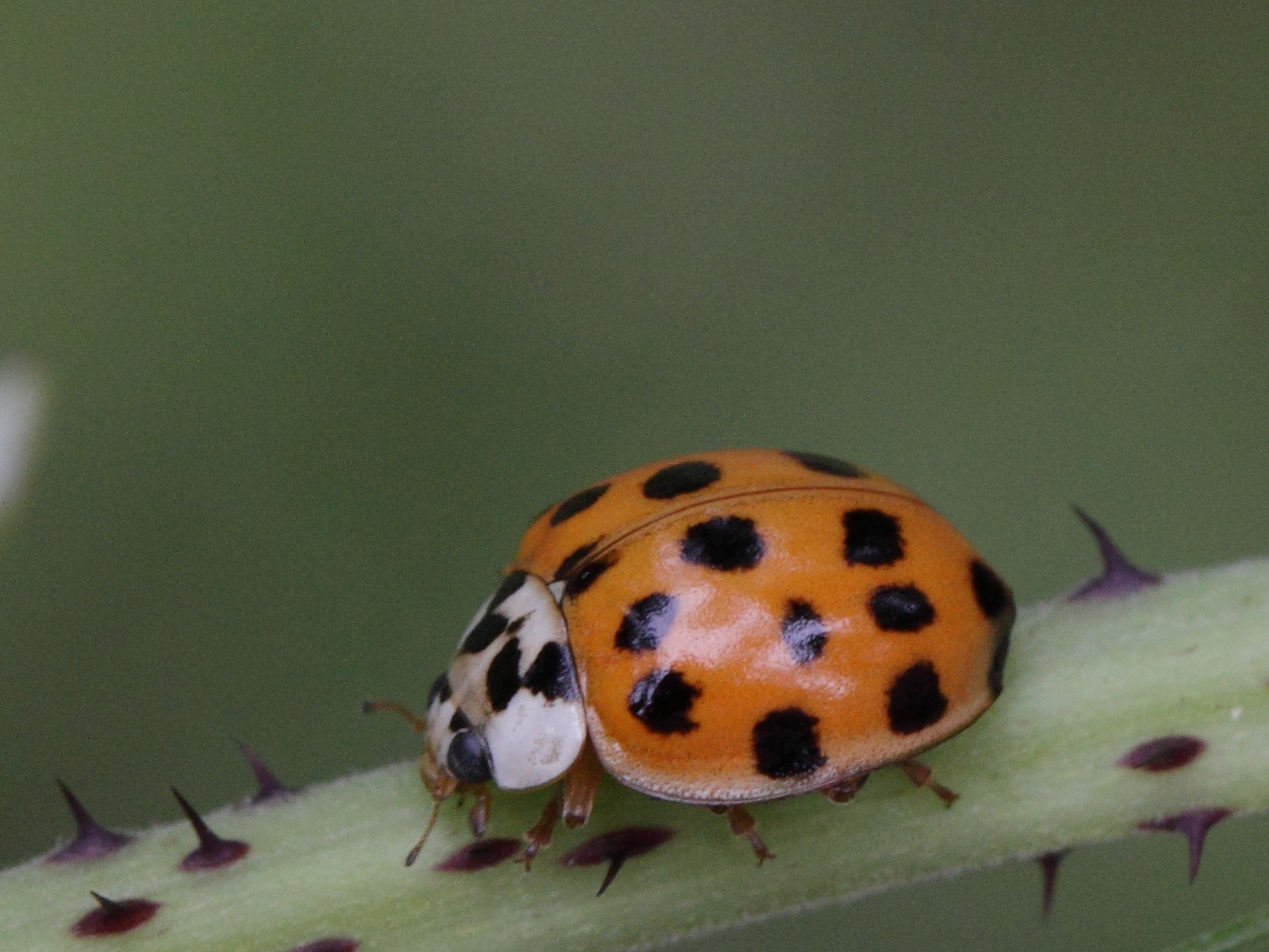
The problems with Asian lady beetles extend far beyond indoor nuisances, affecting entire ecosystems in unexpected ways. These voracious predators don’t just eat harmful pests – they also consume native beneficial insects, disrupting established food webs. Their aggressive nature allows them to outcompete native ladybug species for resources, leading to population declines among indigenous varieties.
Perhaps most concerning is their impact on native ladybug reproduction. Asian lady beetles have been observed eating the eggs and larvae of native species, directly contributing to their decline. This predatory behavior, combined with their superior cold tolerance and reproductive success, has made them a dominant force in many ecosystems where they were once meant to be helpful allies.
The Chemical Arsenal They Deploy
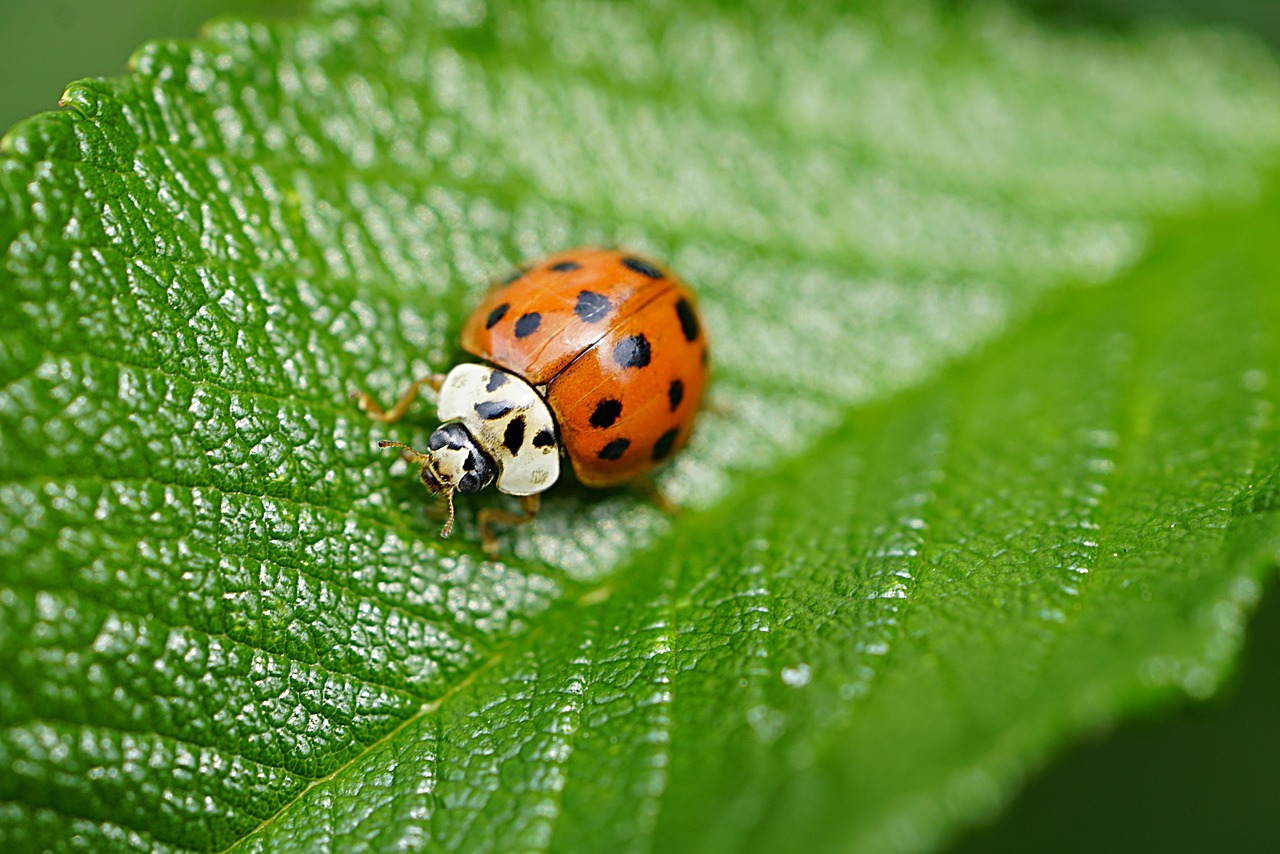
Asian lady beetles possess a sophisticated chemical defense system that goes far beyond simple staining. When threatened, they release a complex mixture of alkaloids and other compounds that serve multiple purposes – deterring predators, communicating with other beetles, and unfortunately, creating persistent odors in human dwellings.
These chemicals can contaminate food preparation areas, making kitchens temporarily unusable until thorough cleaning eliminates the smell. The compounds are particularly problematic because they’re designed to be long-lasting and difficult to neutralize. Some homeowners report that the distinctive “musty” smell can persist for months after an infestation has been cleared.
Seasonal Timing and Predictable Invasion Windows
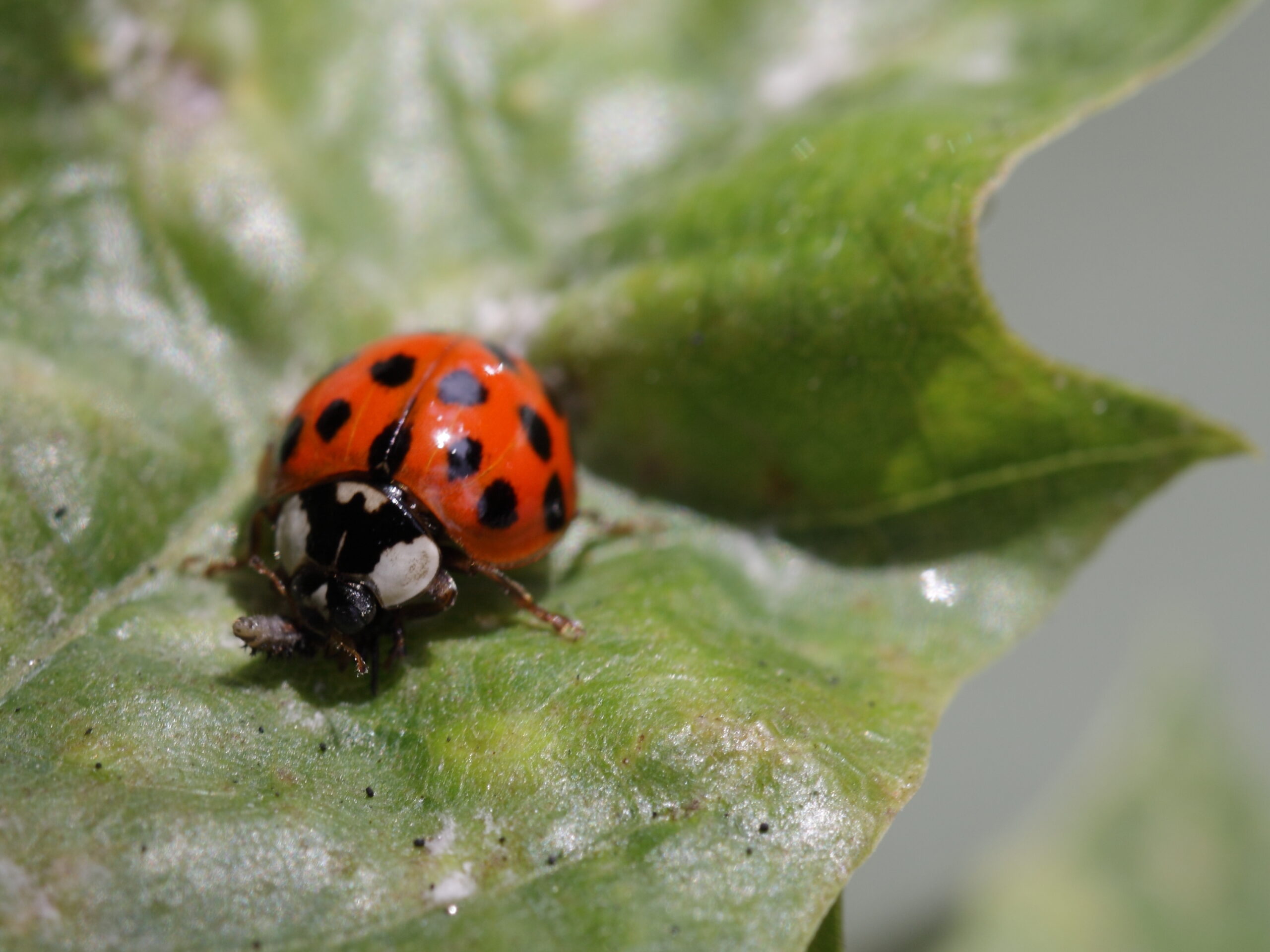
Understanding when Asian lady beetles typically invade can help homeowners prepare for their arrival. These insects are most active during specific weather windows – typically when daytime temperatures reach 65-70°F while nighttime temperatures drop below 50°F. This combination triggers their instinct to seek winter shelter, often creating massive migrations toward human structures.
The invasion period usually occurs between late September and early November, depending on regional climate patterns. However, warm winter days can trigger additional activity, with beetles emerging from their hiding spots and moving around inside homes. Spring warming can also cause renewed activity as the beetles attempt to exit buildings and return to outdoor environments.
Why Traditional Pest Control Methods Often Fail
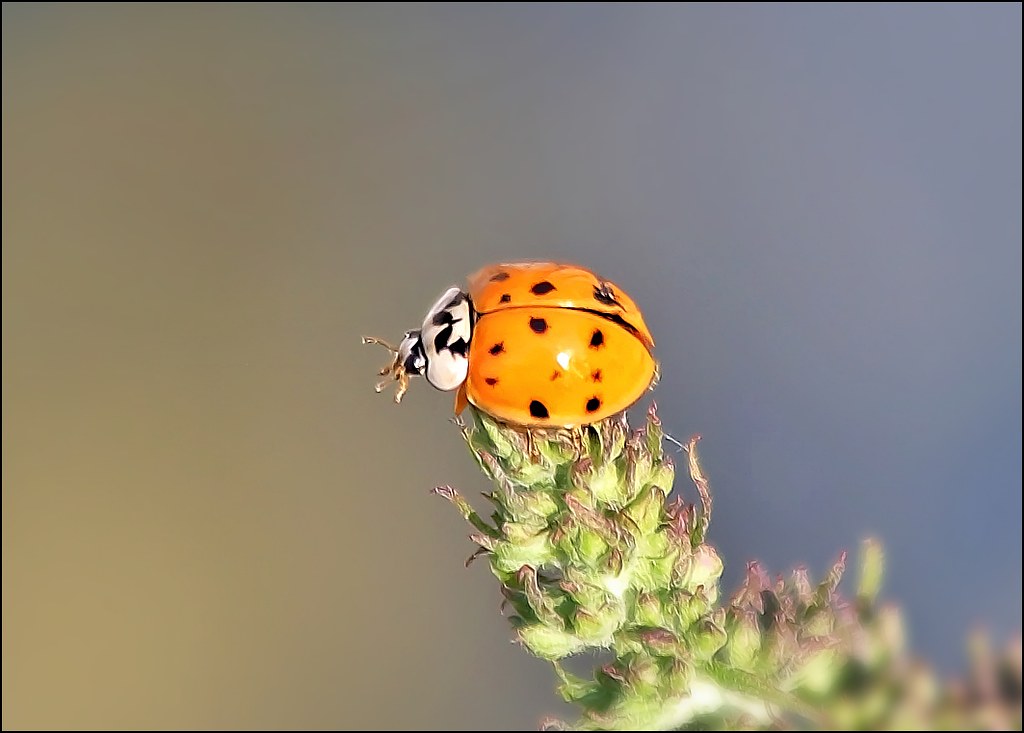
Many homeowners discover that conventional pest control approaches prove ineffective against Asian lady beetle infestations. These insects don’t respond to typical ant or cockroach baits, and their seasonal behavior patterns make timing treatments extremely challenging. Spraying insecticides often causes the beetles to release more staining fluid, creating worse problems than the original infestation.
Professional pest control companies often struggle with these invasions because the beetles are temporary residents rather than permanent pests. By the time treatment is applied, many beetles have already found hiding spots deep within wall cavities or other inaccessible areas. The most effective approaches focus on prevention and exclusion rather than elimination once the beetles have already entered the structure.
The Economic Cost of Beetle Invasions

Asian lady beetle infestations can create significant financial burdens for homeowners through property damage, cleaning costs, and lost productivity. The staining damage alone can require expensive professional cleaning services or complete replacement of affected materials. Carpets, curtains, and upholstered furniture are particularly vulnerable to permanent damage from the beetles’ defensive secretions.
Some insurance companies don’t cover damage caused by insect infestations, leaving homeowners to bear the full cost of repairs and replacements. The economic impact extends beyond individual households, affecting entire communities where infestations are severe. Property values can temporarily decline in areas known for recurring beetle problems, and local businesses may suffer reduced customer traffic during peak infestation periods.
Prevention Strategies That Actually Work
The most effective approach to dealing with Asian lady beetles involves preventing their entry rather than trying to eliminate them after they’ve invaded. This means carefully sealing potential entry points before the fall invasion season begins. Pay special attention to areas around windows, doors, utility penetrations, and any cracks in the building exterior.
Installing fine mesh screens over vents and other openings can significantly reduce the number of beetles that gain access to your home. Weather stripping around doors and windows should be inspected and replaced regularly, as even small gaps can admit hundreds of beetles. Some homeowners find success using light-colored exterior paint, as beetles are more attracted to dark surfaces that absorb heat during the day.
The battle against Asian lady beetles represents more than just a seasonal nuisance – it’s a complex ecological challenge that highlights the unintended consequences of biological pest control. These small invaders have proven that even well-intentioned environmental interventions can create new problems that ripple through ecosystems and human communities alike. While their appetite for garden pests remains beneficial, their aggressive indoor behavior and impact on native species create dilemmas that scientists and homeowners continue to grapple with. The key to coexisting with these controversial beetles lies in understanding their behavior, preparing for their predictable invasions, and focusing on prevention rather than reaction. What will you do differently this fall when you spot the first scouts testing your home’s defenses?

